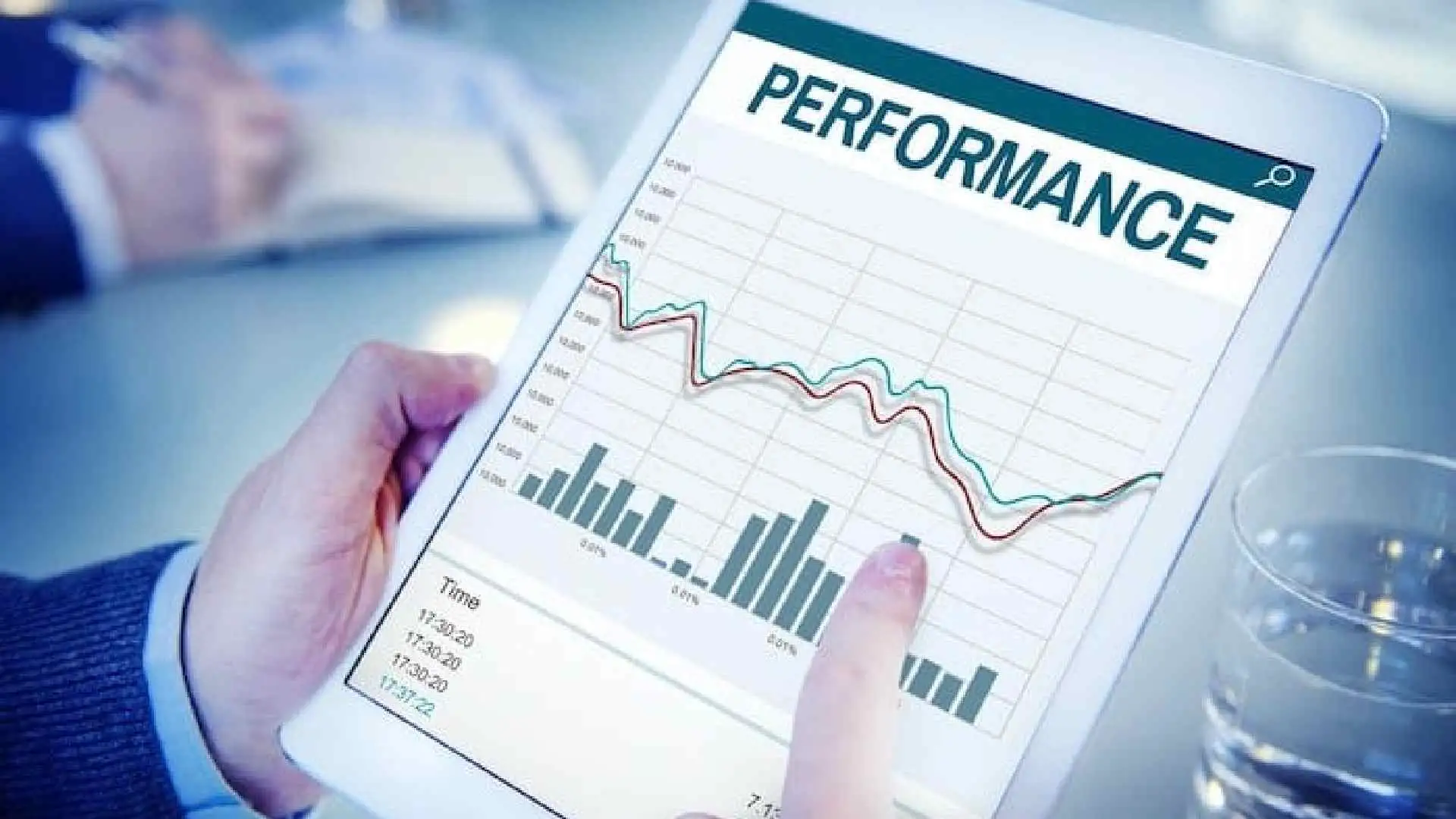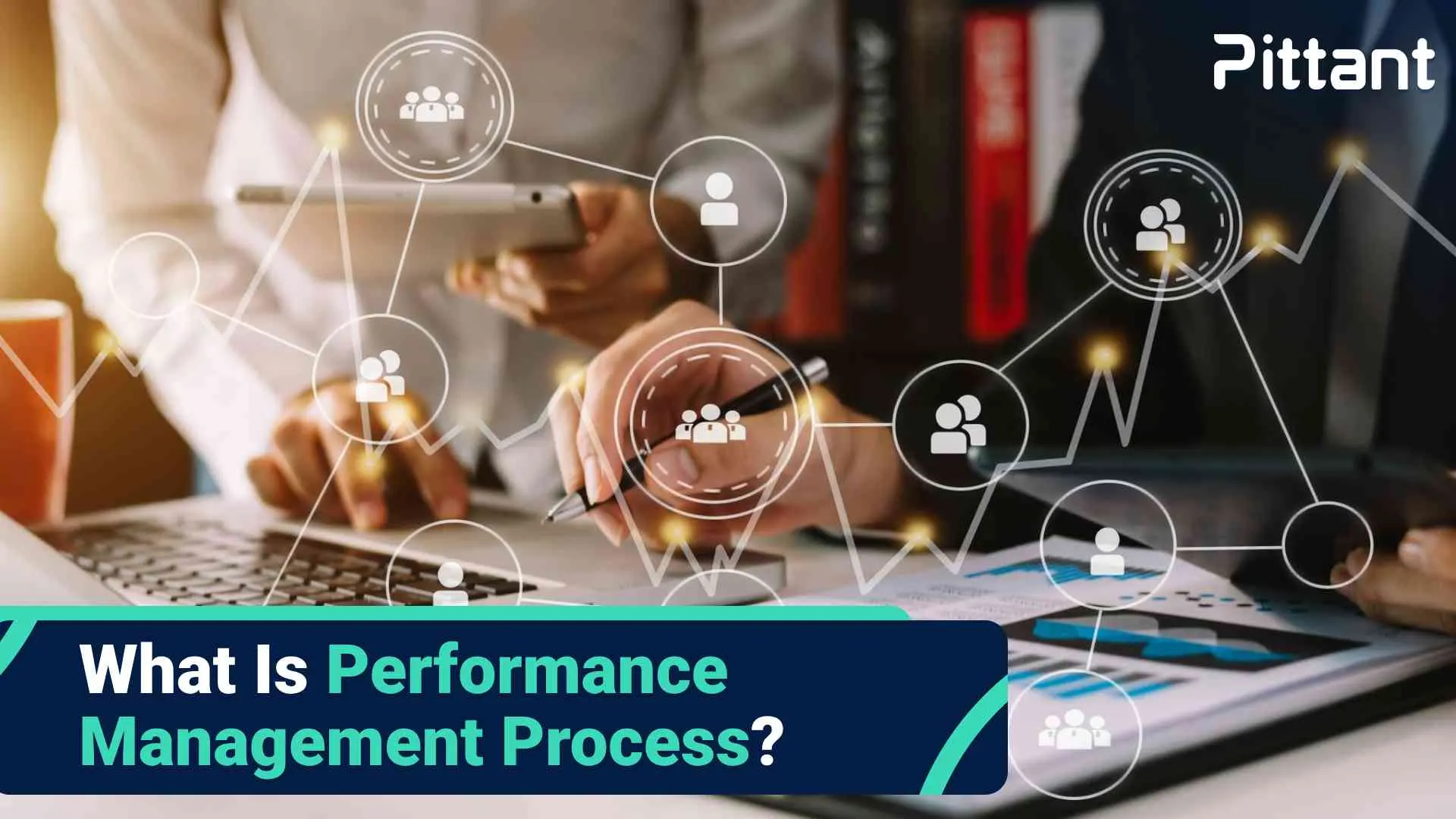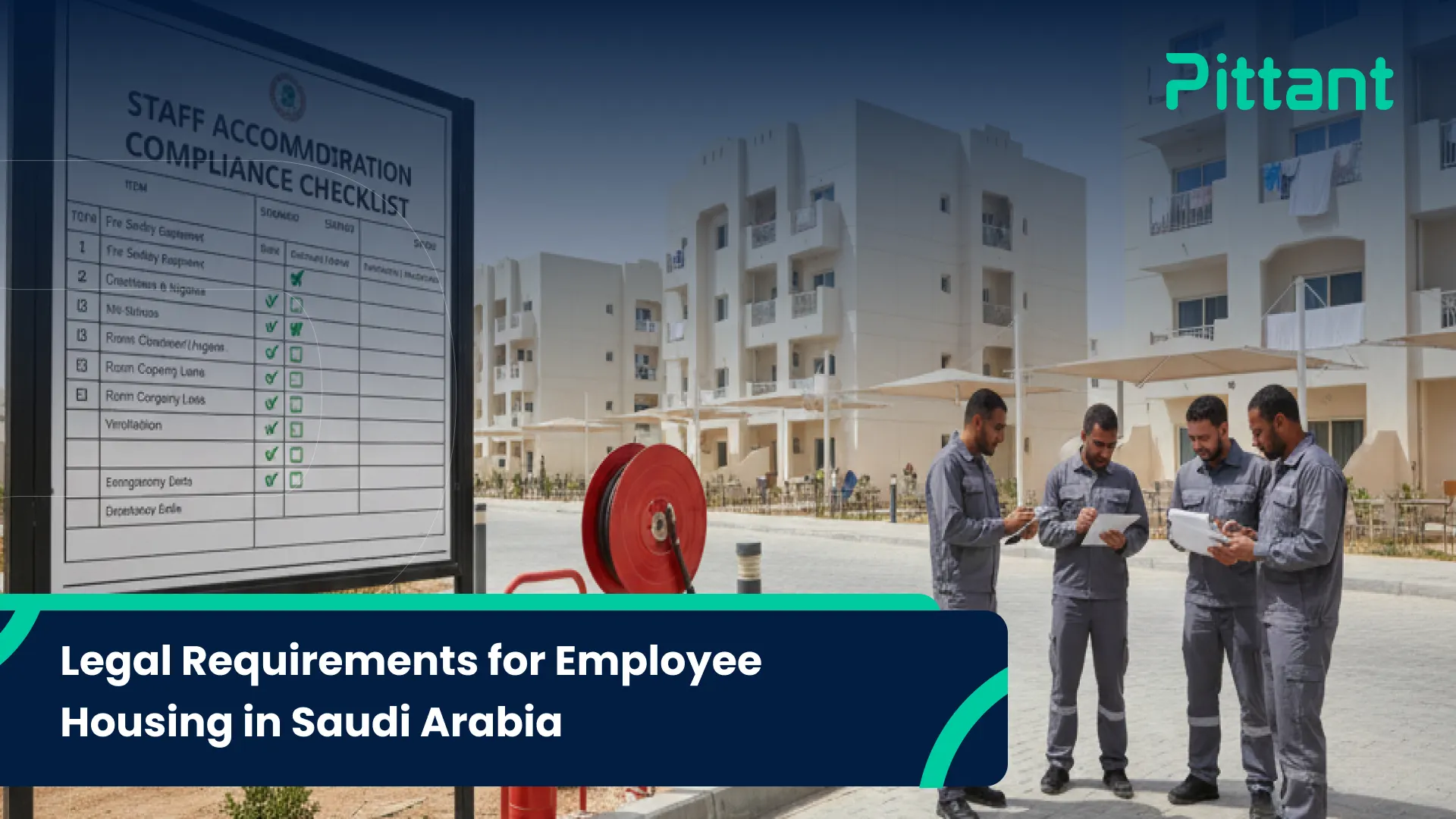Performance Management Process is the heartbeat of organizational success, a dynamic cycle propelling growth and employee development. It is more than a mere system—it is a game-changer. So, do you want to know what is Performance Management Process?
In this article, we will be your guide, unraveling the Performance Management Process in HRM intricacies. Brace yourself for a journey into what makes it tick, its pivotal stages, and how it shapes stellar workplaces.
What Is Performance Management?

Picture this: a dynamic compass guiding individuals and teams toward collective success. That is what Performance Management is all about. Therefore, it is not just a box to check but a strategic dance that orchestrates growth, aligning personal and organizational goals.
Performance Management is my go-to toolkit, helping me understand the pulse of my workplace. So, it is not a rigid checklist; it is the rhythm that keeps us moving forward. Think of it as a roadmap—guiding us through challenges, recognizing victories, and fine-tuning our strategies for success.
What Makes Performance Management Crucial?
Well, let me break it down. It is the secret sauce that turns individuals into a powerhouse team. Imagine everyone marching to the same beat, working towards common goals. That is the magic of performance management.
- In my journey, I have seen how Performance execution in Performance Management Process bridges the gap between personal aspirations and organizational objectives. So, it is a dialogue, not a monologue, encouraging open communication.
- It not only elevates individual performance but propels the entire organization forward.
- We will demystify the jargon. Now, about the Performance Management process in HRM, it is like the backbone of our HR strategies. From planning to execution, it is a cycle where every stage feeds into the next.
In this Performance Management process cycle, goals are set, progress is monitored, skills are developed, performance is rated, and achievements are rewarded. Therefore, it is a well-choreographed dance where every move contributes to the grand performance.
The Performance Management Process
So, embarking on the Performance Management journey is akin to setting sail with a well-defined map and a determined crew. This process is not a mere bureaucratic ritual!
Planning
Embarking on our journey, we collaboratively sketch a roadmap that intertwines individual aspirations with the grand tapestry of organizational objectives. Think of it as a dynamic navigation chart, adapting to ensure everyone is not just on board but actively engaged in the thrilling mission ahead.
Monitoring
As we set sail, constant navigation becomes our guiding star. This phase involves regular check-ins and feedback loops, not as a surveillance mechanism but as a compass providing unwavering support and valuable insights. Picture it as a real-time adjustment, addressing challenges while keeping our course steady.
Developing
Our journey is not merely about reaching a destination; it is a saga of growth. Here, individuals refine existing skills, acquire new ones, and fearlessly navigate uncharted waters. It is a continuous process of learning and adapting, cultivating a culture where improvement is not just encouraged but celebrated.
Rating
At certain milestones, we pause to evaluate our progress. This phase involves a thoughtful assessment of individual and team performance execution in the Performance Management Process against benchmarks. Yet, it is not a rigid grading system; it is a panoramic view, recognizing effort, celebrating improvement, and acknowledging contributions that propel us forward.
Rewarding
Rewards are the realization and appreciation of individuals for their efficient efforts, promoting motivation and a sense of accomplishment.
Enhance the Performance Management Process
Embarking on the Performance Management journey is a substantial step, but what truly sets the sail for success is the commitment to continuous improvement. We will explore some dynamic ways to elevate and enhance this vital process.
Fostering Transparent Communication.
Transparent communication and open dialogue strengthen the relationship between the workforce and management. In other words, creating an environment where feedback flows freely ensures everyone is on the same page.
Embracing Technology Innovations.
In this digital era, Embracing the technology innovations in this digital age to boost the efficiency of performance management. It’s essential to integrate the latest tools and tech-savvy equipment, utilize digital platforms for smooth assessments, and acquire efficient and insightful performance management processes.
Encouraging Employee Involvement.
A successful journey is one where everyone feels invested. However, employee participation in goal setting, self-assessment, and finding the refined approach can provide diverse perspectives and enhance their sense of reliability.
Implementation of Continuous Feedback.
Waiting for the annual review is akin to navigating without a compass. As a result, instituting regular feedback loops—quick check-ins, project debriefs—ensures that adjustments can be made promptly. This iterative process allows for real-time course correction.
Prioritizing Skill Development.
In the ever-evolving professional landscape, skill development is the anchor that keeps us steady. Consequently, integrating personalized development plans into the Performance Management Process ensures that individuals are equipped to navigate challenges and contribute effectively.
Cultivating a Culture of Recognition.
Smooth waters are made even more enjoyable with moments of celebration. To clarify, recognition and appreciation for achievements, whether big or small, contribute to a positive work culture. This acknowledgment fuels motivation and propels the team forward.
What are the Workforce Expectations from Performance Management?
It’s essential to meet your employee’s expectations for performance management for a successful journey.
Consider the Employee Goals with Company Objectives.
It’s essential to consider the employee goals with business objectives and seek a performance management process to ensure the workforce’s contribution to the growth and success of the business.
Constructive and Timely Feedback.
Timely feedback on employee efforts and regular check-ins provide valuable insights to rectify errors and enhance workforce performance.
Recognition for Achievements.
In the vast sea of daily tasks, recognition acts as a lighthouse, guiding employees. An efficient Performance Management system has the best mechanisms for acknowledgments and providing feedback on achievements to increase employee morale and motivate them to achieve excellence.
Opportunities for Skill Development.
The desire to grow and evolve is innate. As a result, employees expect Performance Management to not only assess their current skills but also chart a course for future development. Providing opportunities for skill enhancement is a key aspect of meeting this expectation.
Decision-Making Procedure.
Employee contribution in the decision-making procedure considers their efforts, performance, and development plans. It’s an effective approach to promote commitment.
Is Continuous Performance Management a Part of Your Delivery?
The Continuous Performance Management process cycle is not a buzzword; it is a compass that keeps the ship on the right course. Consequently, evaluating whether your delivery includes continuous performance management is pivotal.
Real-Time Feedback Mechanisms.
Continuous performance management thrives on real-time feedback mechanisms. For instance, regular check-ins, project debriefs, and agile goal adjustments ensure that feedback is not a once-a-year event but an ongoing dialogue.
Agile Goal Adjustments.
In the dynamic currents of today’s professional landscape, agility is paramount. Therefore, incorporating agile goal adjustments as part of continuous performance management allows for flexibility and ensures that goals remain relevant in the ever-changing environment.
Integration of Technology for Seamless Processes.
Continuous performance management relies on seamless processes, and technology is the wind in its sails. In other words, leveraging technology for real-time assessments, feedback tools, and data analytics ensures that the continuous performance management journey is both efficient and effective.
Cultivating a Culture of Continuous Improvement.
Continuous performance management is not just a process; it is a culture. To clarify, cultivating a work environment that values ongoing improvement, learning, and development is integral to the success of continuous performance management.
Do Managers Have the Necessary Tools to Handle the Performance Management Process?
Ensuring they have the right tools is like providing them with a well-tuned instrument for a flawless performance.
Accessible Performance Dashboards.
Managers require accessible performance dashboards that serve as their navigational compass. Consequently, these dashboards should offer real-time insights into key performance metrics, making it easier for managers to track progress, identify areas for improvement, and celebrate successes.
User-Friendly Evaluation Platforms.
Navigating through an evaluation platform should be as smooth as sailing on calm waters. In other words, managers need user-friendly interfaces that facilitate seamless evaluations, goal-setting, and feedback delivery. A simple, intuitive platform streamlines their role in the performance management process.
Automated Alerts and Reminders.
In the ocean of daily tasks, even the most skilled managers can benefit from automated alerts and reminders. To clarify, these tools ensure that important milestones, review periods, and feedback sessions are never overlooked, contributing to a more organized and efficient performance management process.
The Era Where Performance Management is Automated
Welcome to the era where the tedious becomes automated, and the cumbersome becomes streamlined. Consequently, the automation of performance management processes marks a paradigm shift in how organizations approach employee development and appraisals.
Efficiency Through Automation.
Automation liberates managers from the shackles of administrative tasks. For instance, routine processes like data collection, performance reviews, and report generation are executed swiftly, allowing managers to focus on more strategic aspects of talent development.
Objective Data-Driven Insights.
In this era, decisions are not based on intuition alone; they are fueled by objective, data-driven insights. In other words, automated performance management provides a wealth of data that aids in informed decision-making, ensuring that evaluations are fair, consistent, and aligned with organizational goals.
Real-Time Feedback Loops.
No more waiting for the annual performance review. To clarify, automation enables real-time feedback loops, fostering a continuous dialogue between managers and employees. This immediacy promotes agility and responsiveness, crucial elements in today’s dynamic work environment.
How Pittant Can Assist in Performance Management Process
In the symphony of performance management, Pittant plays the role of a skilled conductor, orchestrating harmony and ensuring every note is perfectly tuned.
Performance Management Solutions.
Pittant offers comprehensive performance management solutions that align with the intricacies of the performance management process. Consequently, these solutions cover the entire performance management cycle, from planning and execution to monitoring and rewarding.
Customizable Platforms Tailored to Your Needs.
Recognizing that every organization dances to a unique beat, Pittant provides customizable platforms. In other words, their solutions are tailored to the specific needs and nuances of each client, ensuring a harmonious fit with existing processes and organizational culture.
Seamless Integration of Technology.
In the era of automation, Pittant seamlessly integrates cutting-edge technology. To clarify, their platforms leverage automation, data analytics, and user-friendly interfaces to enhance the efficiency and effectiveness of the performance management process.
Ongoing Support and Training.
Pittant does not just provide solutions; they stand as partners in your performance management journey. Consequently, ongoing support and training ensure that managers and employees alike make the most of the tools at their disposal, fostering a culture of continuous improvement.
In conclusion, the Performance Management Process is the heartbeat of organizational growth. Embrace its essence, align your goals, and witness the transformation. Elevate your workplace experience with Pittant’s innovative solutions—because growth should be seamless. Explore Pittant’s Performance Management Solutions at Pittant. Unleash your potential today. Contact us!
FAQs
What are the five performance management processes?
- Goal setting
- Ongoing feedback
- Performance evaluation
- Development planning
- Progress tracking
What are the 4 steps of performance management?
- Planning
- Monitoring
- Reviewing
- Rewarding
What is performance management?
It is the structured approach that organizations use to assess, guide, and improve their employees’ performance. It strengthens productivity, alignment, and overall results.
What is the purpose of performance management?
Its purpose is to help employees perform better, clarify expectations, identify strengths and gaps, and support long-term organizational goals.
What is the difference between performance management and performance appraisals?
Performance management is an ongoing cycle that focuses on continuous improvement. Whereas, performance appraisals are periodic evaluations based on structured review.
What is an example of performance management?
An example of performance management is of a manager who sets quarterly goals with an employee, offers feedback throughout the quarter, reviews progress at the end, and plans development steps for the next period.




